No matter how you treat it, don’t expect your nonstick pan to live as long as most other types of cookware might.
While stainless steel and cast iron cookware can be generational products, nonstick pots and pans don’t even come close.
After reviewing dozens of nonstick cookware products for Kitchen Ambition, we’ve found that traditional PTFE-based pans (commonly known as Teflon) are usually spent in less than 5 years. And most PTFE-free ceramic cookware wears out in less than 2 years.
I’ve worked countless busy brunch shifts where my entire day was either made or ruined based on the condition of the nonstick pans I was using. I’ve witnessed nearly every conceivable way that a nonstick pan can be used, abused and sent to an early grave.
Even with their short lifespan, there is merit to non stick cookware. It’s incredibly convenient while it lasts.
From first hand experience and hours of research, I’ve analyzed the experiences of hundreds of kitchens to find the most common ways to ruin a nonstick pan.
By avoiding these common mistakes you will get the most out of your nonstick pan,
In This Article
1. Don’t use metal utensils.

This is probably the number one culprit of damaged nonstick pans. Even if an infomercial told you it was ok, never use metal utensils in your nonstick cookware. Silicon and wood utensils work just as well and they won’t scratch any nonstick coating.
2. Let it cool before cleaning.
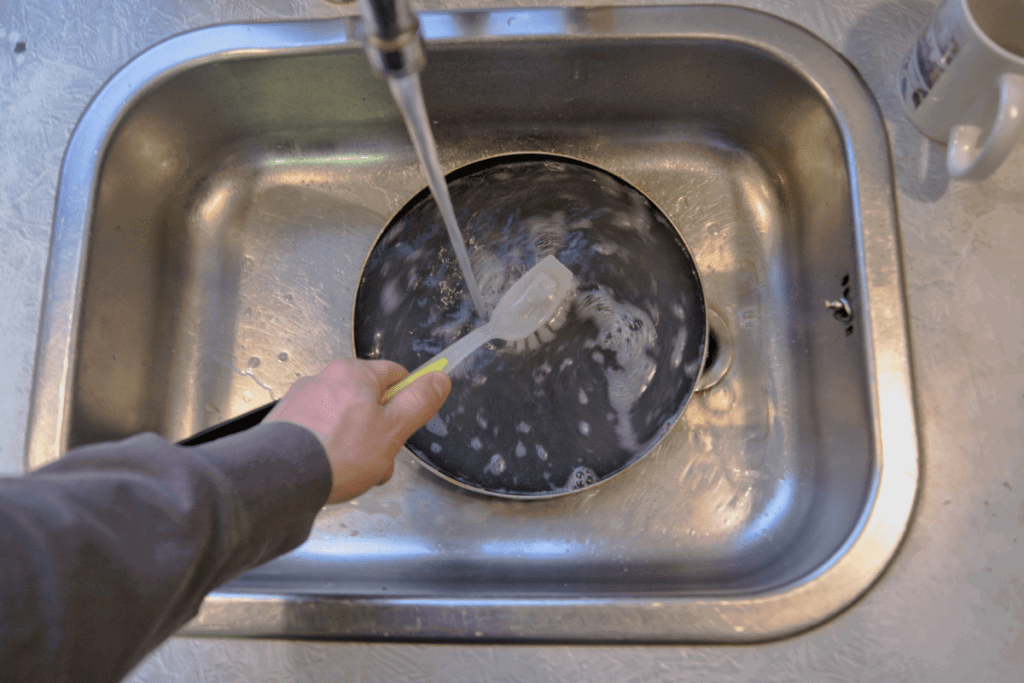
When a hot pan is suddenly placed in a tub of water or under a running faucet, it can warp or separate from the nonstick coating. Even if the water is very hot, this is a recipe for thermal shock. Instead, let your cookware naturally cool down before washing or soaking.
3. Don’t use your nonstick pan for food storage.
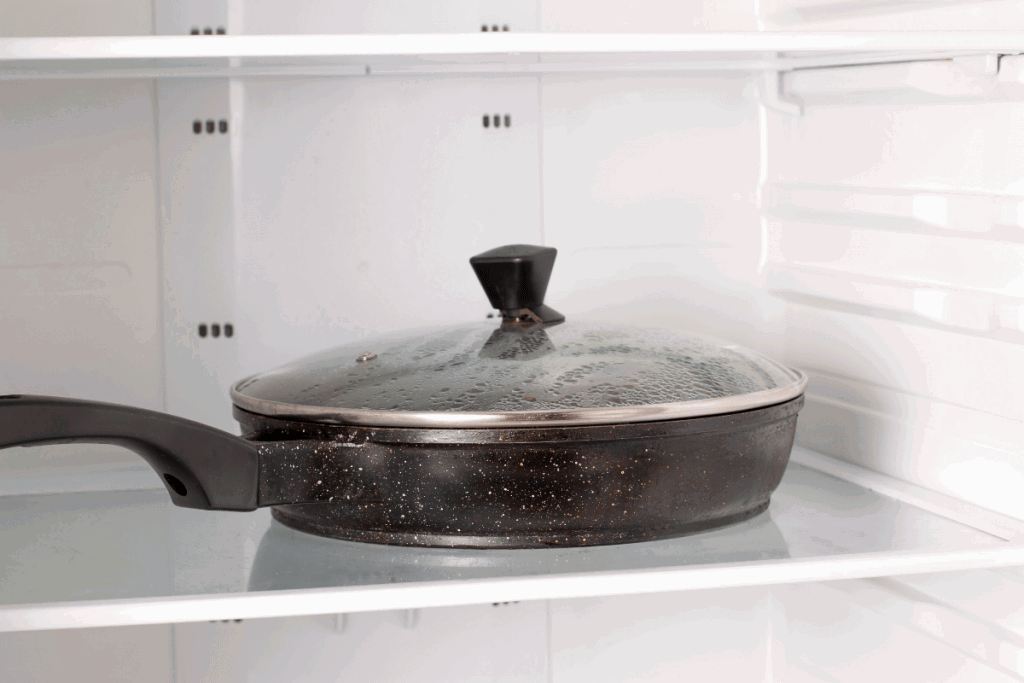
Leaving food in your pan for extended periods of time causes unnecessary ware on the nonstick coating. This is especially true if we’re talking about highly acidic ingredients. Always transfer leftover food into food safe storage containers.
4. Avoid high heat settings on the stove top.
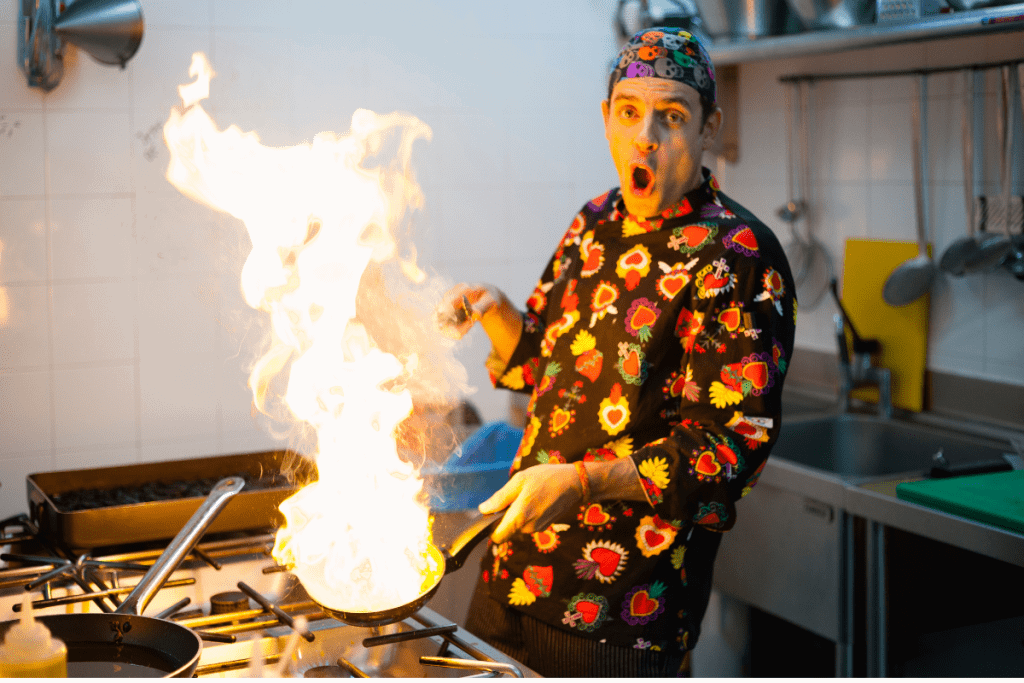
Nonstick pans were not designed for high heat cooking. When brought to very high temperatures nonstick coatings will begin to break down. This not only shortens the life of the pan, but can have negative health effects as the coating begins to burn off.
Stick to the manufacturers recommended heat limitations, most max out at around 500 F or less. If you need to sear a steak, reach for your cast iron or steel fry pan.
5. No “non stick” aerosols or cooking sprays.
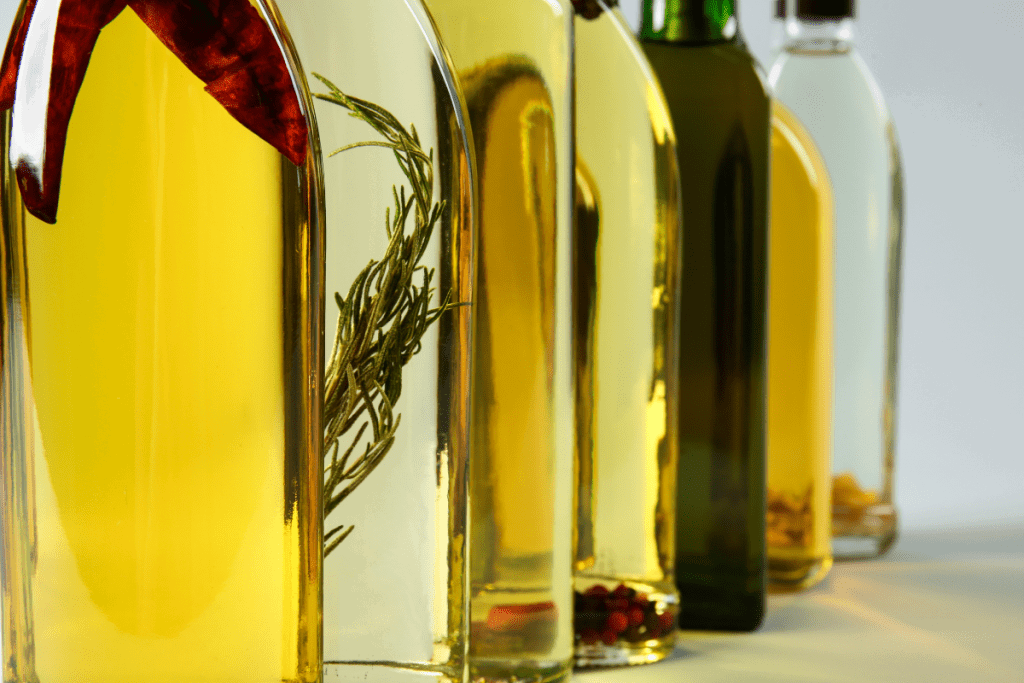
Aerosol cooking sprays create such a thin layer of oil on your cookware that it can quickly burn and adhere to your pan. This residue can build up overtime, becoming harder to remove and ruining your pans nonstick quality.
Sprays can also contain unwanted additives and chemicals. Stick to regular cooking oils and other fats that you know the ingredients of. They’ll work better with your pan and are often better for your health.
6. Don’t stack nonstick pans in the cupboard.
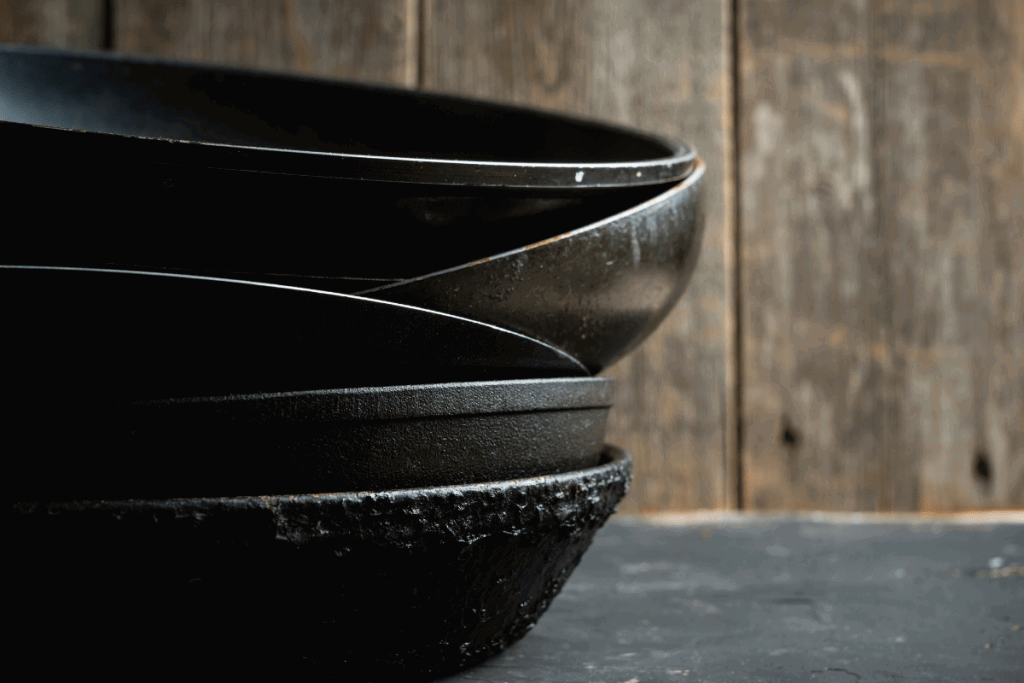
Stacking pots, pans, or other dishes on top of your nonstick cookware is a quick way to damage the nonstick coating.
Hanging your cookware is a great storage option if you have the space to do so. If not, simply place a towel, oven mit, or even a piece of cardboard between items to protect against any possible damage.
Some brands do make stackable non stick collections, which are specifically designed to avoid wear and tear when stored in small cabinets. The individual pieces are able to nest without creating friction to the cooksurface coating.
7. The dishwasher is dangerous.

There are a lot of cookware brands that advertise their nonstick collections as “dishwasher safe.” But, almost without fail, if you read the manufacturer care instructions they will tell you regular dishwasher use will kill the non stick properties of the pan.
Harsh dish detergents, contact with other dishes, and fluctuating temperatures all cause damage to nonstick coatings.
Handwashing your nonstick cookware will greatly increase its longevity. If you’re in a rush, using the dishwasher once in a blue moon won’t be the end of the world, but use it sparingly.
8. Don’t use a knife to cut ingredients in the pan.
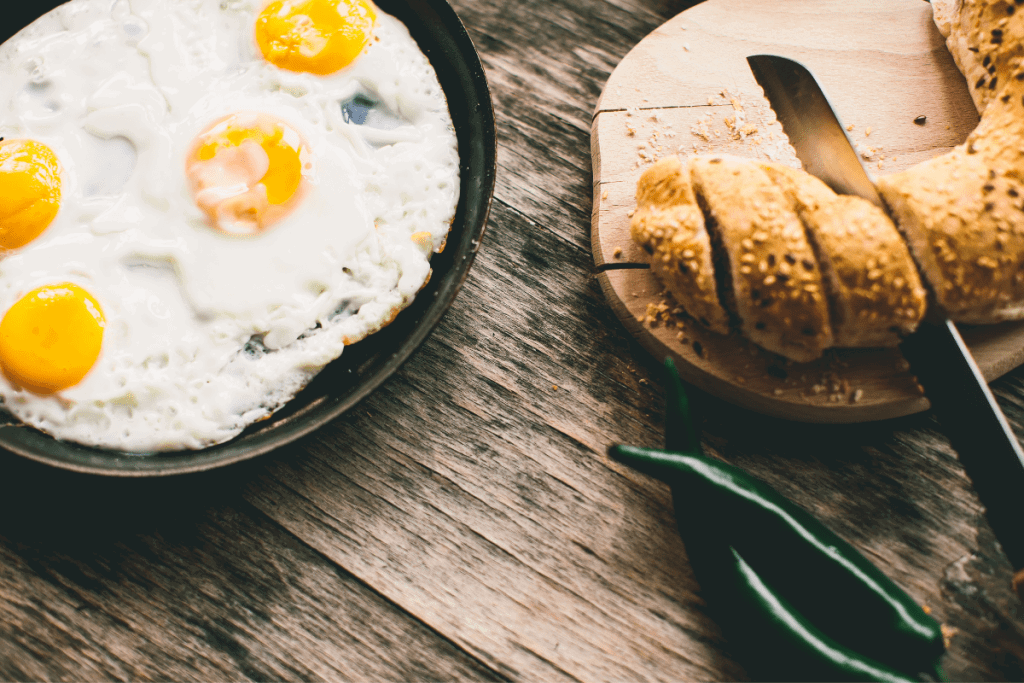
Using a knife or pizza cutter directly in your nonstick pan is a surefire way to cause damage. Not only will you cause immediate harm to your pan, you will also be quickly dulling the blade of any knife you use.
If you must, you can use a wooden or silicone spatula to “cut” soft ingredients in the pan. For everything else use a cutting board.
9. Preheating shouldn’t take long.
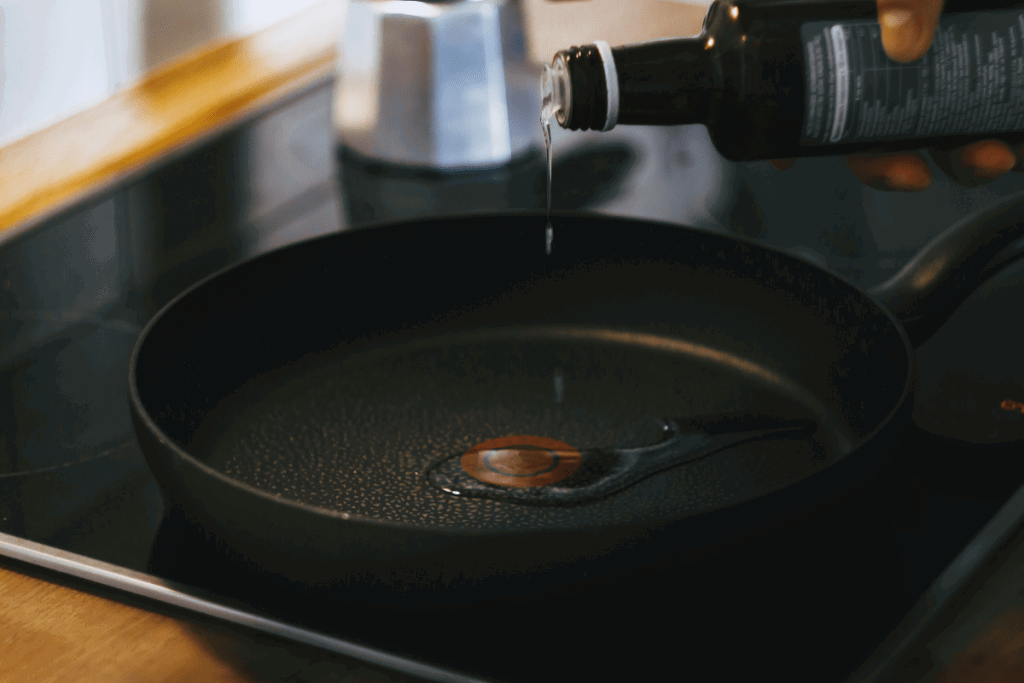
If you’re used to cooking with iron and steel pans, then you’re probably used to heating your cookware without any oil in it. When it comes to nonstick cookware a different approach is required.
Even at moderate temperatures nonstick coatings can be damaged and degraded when there’s nothing in the pan to protect it. Depending on what you’re cooking, add a small amount of oil or water as you begin to gradually heat your cookware.
10. Avoid abrasive cleaners.

Abrasive sponges, metal brushes, and steel wool should never be used to clean with. They will quickly scratch and even remove nonstick coatings.
The beauty of nonstick cookware is that it is easy to clean. Most items should be able to be wiped out with a soft towel. Even the worst messes can usually be solved with just warm soapy water and soft sponge.
11. Don’t forget you can “season” nonstick pans too.
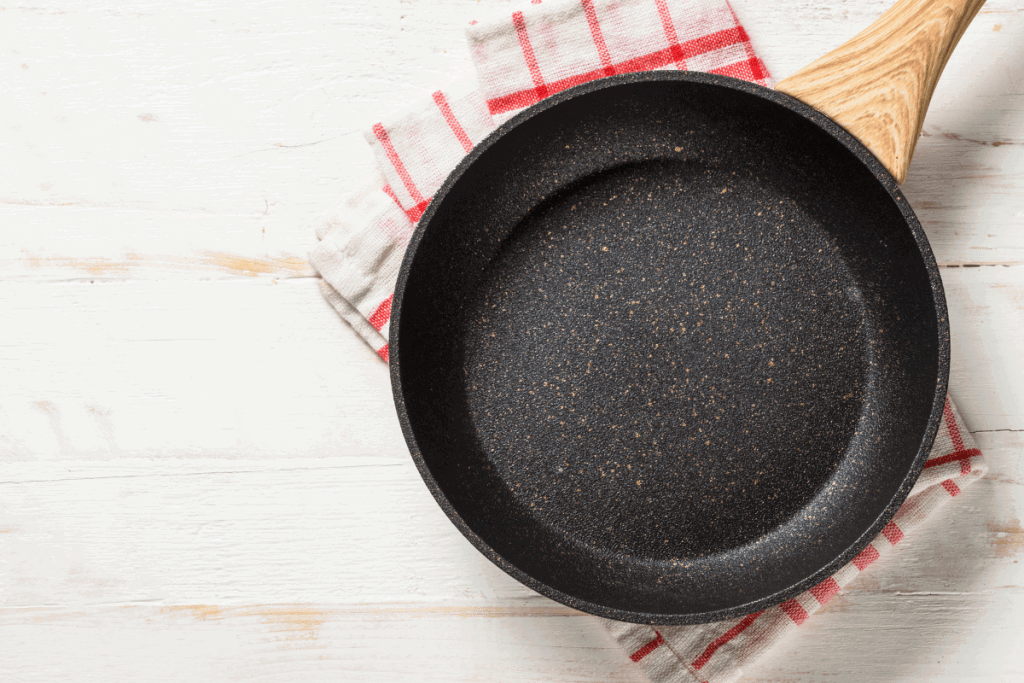
This is an often overlooked technique that can be used on most nonstick cookware. All you need to do is rub a small amount of high heat oil on the cooking surface of a clean and dry nonstick pan. Next heat the pan over medium heat for a minute or two, then wipe out any excess oil with a clean, dry towel.
While you may not see a huge difference with a brand new pan, this method works wonders for aging pans that aren’t functioning like new.
Nonstick cookware is a convenient and easy to use option in the kitchen. But they are also easily susceptible to damage. By taking some simple precautions in your day to day use you can greatly extend the life of your nonstick pan.







